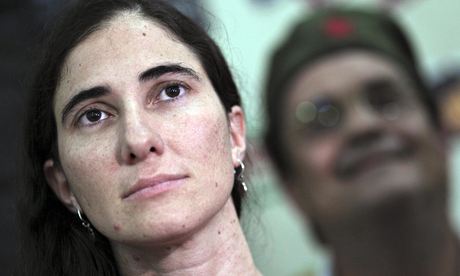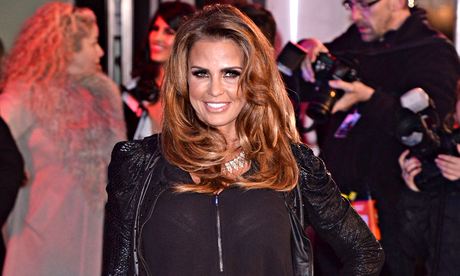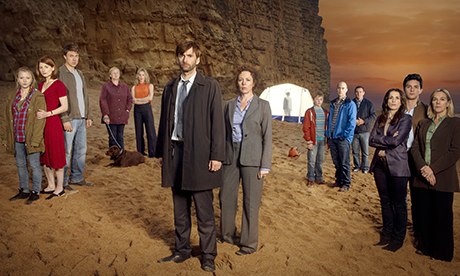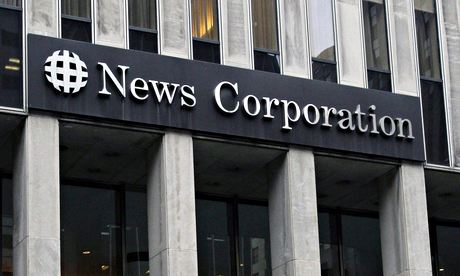Mail Online's 10th birthday: from the sidelines to the sidebar. The UK's most popular newspaper website is a decade old this week – we look at how the site and its rivals looked in 2004...
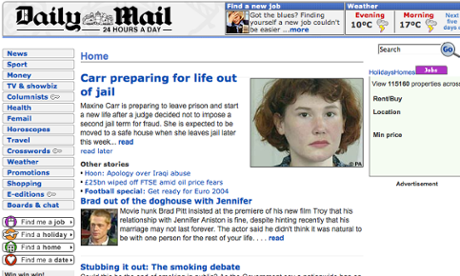
Mail Online in 2004: true blue branding. Photograph: Wayback Machine - Internet Archive
The UK's most popular newspaper website, Mail Online, celebrates its 10th birthday this week. When it launched in May 2004, it had a staff of six and was branded as DailyMail.co.uk. Now, it has nearly 500 staff and is a global behemoth that attracts more than 179.8 million monthly unique browsers. Media Week reported that the Mail's publisher plugged the launch as one of the “most eagerly anticipated events in the UK media industry”, commenting "Associated New Media knows that positioning DailyMail.co.uk towards its readership stereotype is not a good idea. ANM is not trying to encourage a historically reticent audience to switch onto the web. It is optimistic that DailyMail.co.uk will attract the younger, more affluent audience usually associated with the internet." Mail Online's front page from May 2004 (above) has a clean, functional look with little to make it stand out from rival sites of the time. Although it tells readers that "Brad [Pitt] is out of the doghouse with Jennifer [Aniston]", there is no sign of the "sidebar of shame" that has helped power its growth, particularly in the US. Today's site, in contrast, boasts big pictures, long headlines, large ads – and lots of celebrity stories. Headlines include "OMG there's a SPIDER': Series of selfies catch the hilarious moment teenage girl plants fake arachnid to trick terrified friend into thinking they've been photo-bombed".
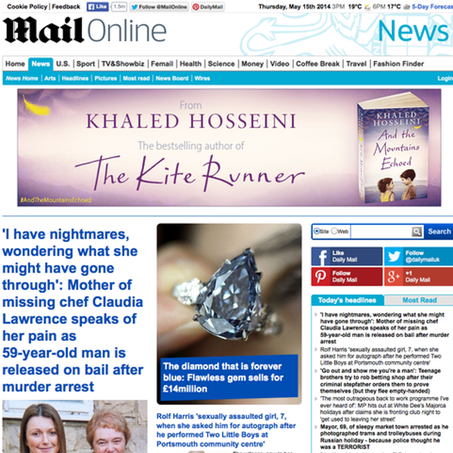
Mail Online in 2014: another banner year
The Mail Online of 2004 certainly lacks the visual appeal of the Guardian website of the time, with its distinctive "Brody block" trails under the masthead.
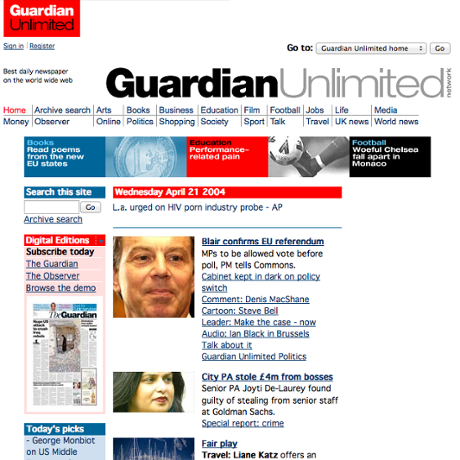
Guardian Unlimited in April 2004: top site on the block.
Telegraph.co.uk had a more content-packed layout than DailyMail.co.uk – but its bland branding (here in a page from January 2004) looks out of step with the paper.
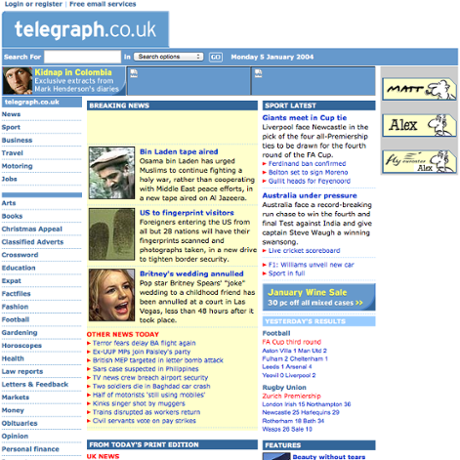
Telegraph.co.uk in 2004: gives little flavour of the paper.
Times Online has a more graphic look, with a layout that works better to draw in readers – this is from October 2004, some six years before the paywall came down at the paper.
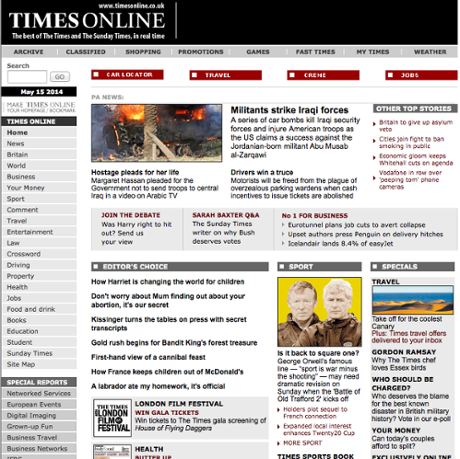
Times Online in 2004: black-and-white vision.
- Mail Online launched in May 2004.
- Attracts more than 179.8 million monthly unique browsers.
